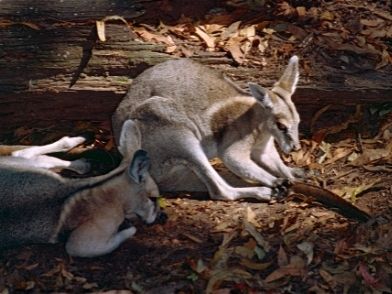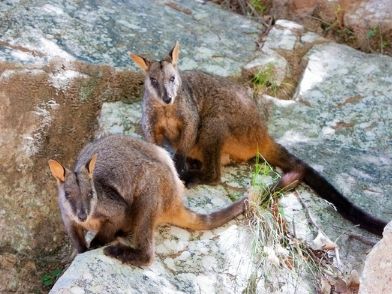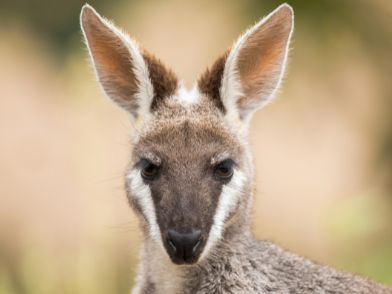Wallabies
© Canva NFP
Wallabies (Notamacropus) are small or middle-sized marsupials native to Australia and New Guinea. There are around 30 different species of wallaby (macropod) from the scientific family Macropodidae (Macropodidae means ‘big feet’). Wallaby species are grouped roughly by habitat, such as shrub wallabies, brush wallabies, and rock-wallabies.
How we help wallabies
In 2022, Wildlife Queensland established a dedicated Brush-tailed Rock-wallaby Conservation Network with the goal of raising awareness and building community support for conserving this vulnerable wallaby species, which has declined considerably since European colonisation and now exists patchily within mountainous terrain along Queensland’s Great Dividing Range.
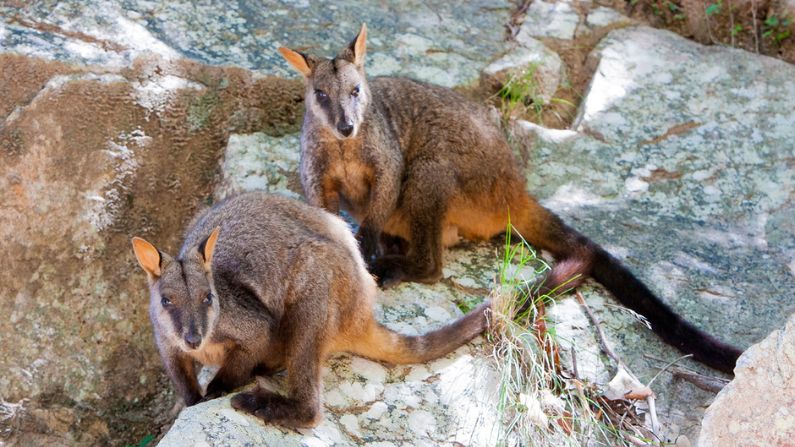 © Bruce Thomson
© Bruce Thomson
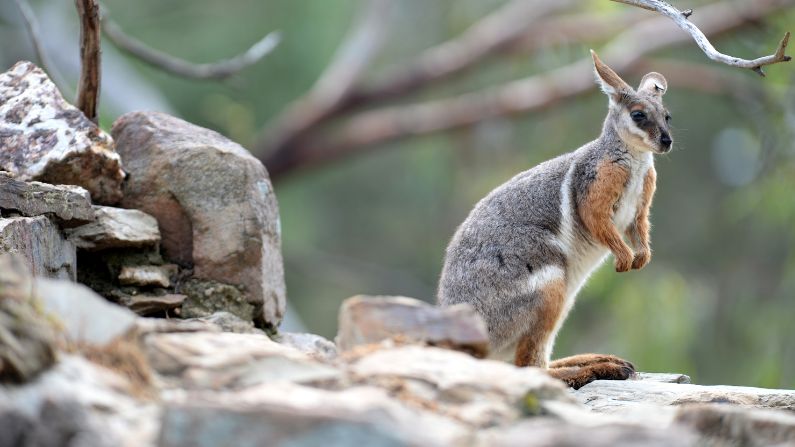 © Canva NFP
© Canva NFP
Threats to wallabies
- Foxes, feral cats, and wild dogs.
- Habitat degradation and loss including weed invasion.
- Increasing urbanisation and intensification of agriculture and grazing in South East Queensland.
- Changes in fire regimes.
- Disease passed from feral cats (toxoplasmosis and hyatidosis).
- Habitat degradation and loss including weed invasion.
About Australia’s wallabies
There are about 30 wallaby species in Australia.
Wallabies are small to medium-sized animals. The largest can measure 6 feet (1.8 metres) in height from head to tail. Wallabies can weigh anywhere between 2 – 24 kilograms (4 – 53 pounds).
Many species are named after the habitat they occupy, such as rock-wallabies and swamp wallabies.
Like kangaroos, wallabies have very powerful tails and hind legs. Their tails are not prehensile (used for gripping) but are used for balance and for support when in a sitting position. Their hind legs are used for hopping along at high speeds and for jumping great distances.
Click on the wallaby profiles below to find out more about each species.

